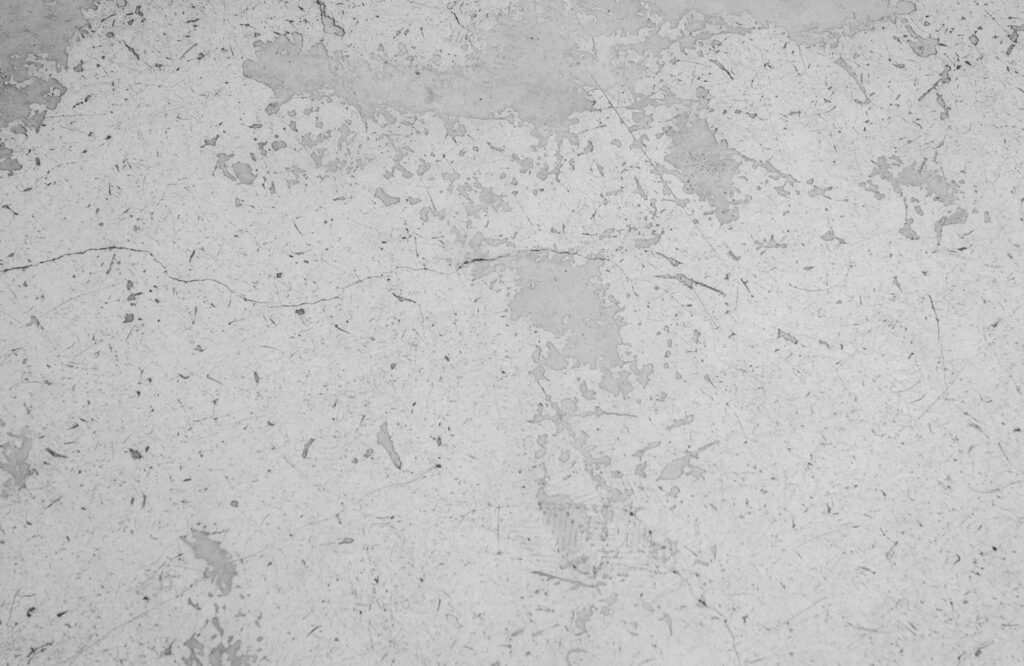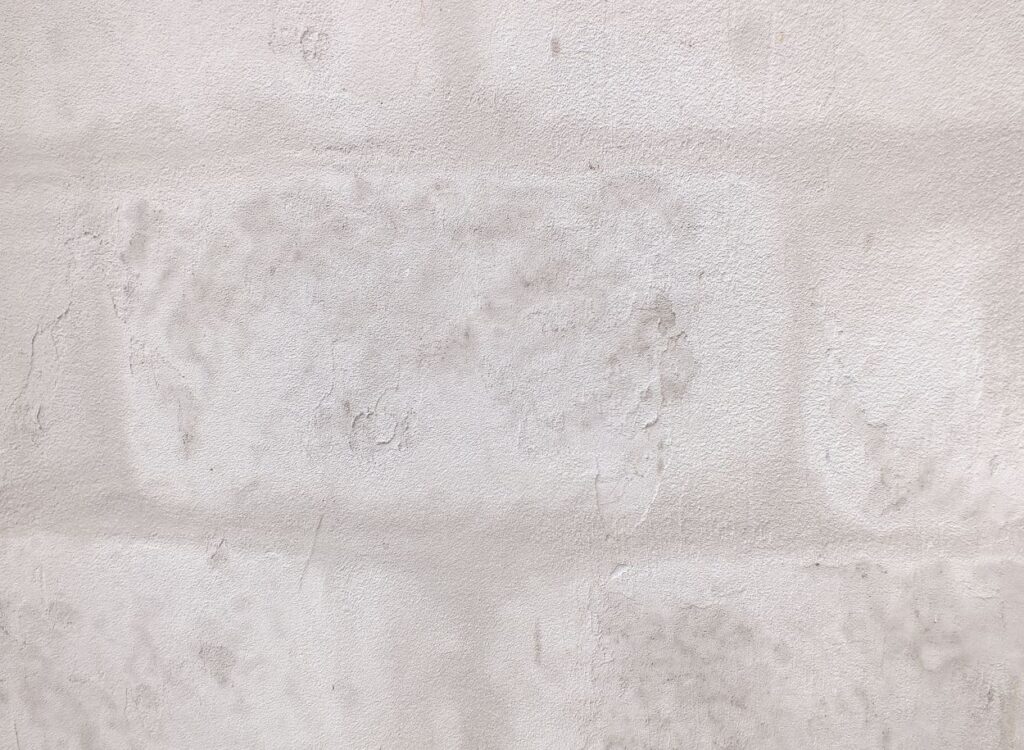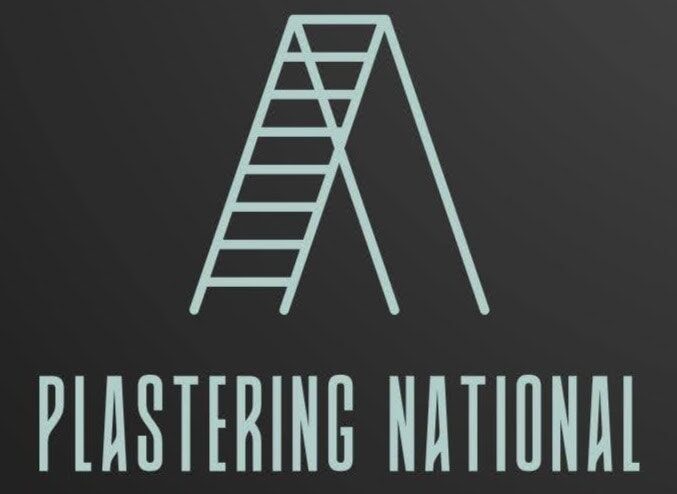Plastering has long been a trusted method for finishing walls and ceilings, prized for its durability, aesthetic flexibility, and versatility. Whether you’re renovating an old home, fitting out a new office, or adding finishing touches to a high-rise building, plastering provides a unique, long-lasting finish that can complement a wide variety of architectural styles.
However, like any building material, plastering comes with its share of advantages and disadvantages. This guide will explore these aspects in detail, helping you make an informed decision about whether plastering is right for your next project.
Let’s Get Straight To The Point
Plastering is a durable, versatile, and aesthetic method for finishing walls and ceilings, offering benefits like fire resistance, soundproofing, and environmental advantages. It’s ideal for creating custom finishes and is more resilient than drywall. However, plastering is more expensive, requires skilled labour, and can be difficult to repair or modify.
It is also sensitive to moisture and takes longer to dry. For projects prioritising durability, aesthetics, and fire safety, plastering is a great choice, but it may not be suitable for tight budgets or schedules.
What Is Plastering?
Plastering refers to the process of applying a coating of plaster to walls, ceilings, or other surfaces to create a smooth, durable, and aesthetically pleasing finish. Unlike drywall, which is made from large sheets of plasterboard, traditional plaster is applied in layers and sets by hand. Plaster wall installation is suitable for a variety of surfaces, including brick, block, concrete, and metal lath, which makes plastering a versatile choice for both new builds and renovations.
Key Benefits of Plastering
Plastering provides several key advantages, making it a popular choice for both residential and commercial projects. Here are the primary benefits of plastering:
Durability and Strength
Plastering for homes and businesses offers a durable and resilient surface that can withstand everyday wear and tear. Once set, plaster forms a solid, long-lasting surface that is resistant to scratches, dents, and water damage, unlike drywall, which can be more susceptible to these issues. Many historical buildings still have their original plaster intact, underscoring its durability over time.
Aesthetic Flexibility
One of the biggest reasons people opt for plastering is its aesthetic flexibility. Unlike drywall, which provides a more uniform finish, plaster can be moulded into various shapes and intricate designs. This makes it an excellent choice for creating custom finishes, architectural details like cornices and mouldings, or textured finishes that enhance the visual appeal of a space. Whether you’re after a sleek modern look or a more traditional style, plaster can be tailored to your needs.
Sound Insulation
Plastering for soundproofing is a well-known advantage of plaster. Its dense nature helps to reduce sound transmission between rooms, making it ideal for spaces where privacy and quiet are essential, such as offices, music studios, or residential homes. Plaster’s acoustic properties make it more effective than drywall at absorbing sound and preventing noise from travelling between rooms.
Fire Resistance
Fire-resistant plaster is naturally more resistant to flames than drywall. This makes it a safer option in environments where fire safety is a concern. Plaster helps to slow the spread of fire, providing more time for people to evacuate in the event of a fire. This makes plastering a smart choice for both commercial and residential properties where safety is a priority.
Eco-Friendly Properties
Eco-friendly plaster contributes to a healthier indoor environment by regulating humidity and allowing moisture to evaporate. This natural moisture regulation helps maintain a comfortable indoor climate and can prevent issues like mould growth. Additionally, plaster does not emit volatile organic compounds (VOCs), which can be harmful to indoor air quality, making it a healthier choice for homes and businesses.
Clean Installation Process
Plaster ceiling repair and installation generally create less dust compared to drywall. When plaster is applied, it doesn’t require sanding like drywall, which often generates a lot of dust. This makes the installation process cleaner and more manageable, especially in sensitive environments where cleanliness is essential.

Challenges and Disadvantages of Plastering
While plastering offers numerous advantages, there are also a few challenges to consider. These include higher costs, maintenance difficulties, and the need for skilled professionals to ensure proper application. Let’s explore the main disadvantages:
Cost and Installation Complexity
Plastering cost is generally higher than drywall, both in terms of materials and labour. This is because plastering requires skilled tradespeople who are adept at applying and finishing the plaster in layers. The installation process is also more time-consuming, and the material itself can be more expensive than alternatives like gypsum plaster. This can make plastering a less viable option if you’re on a tight budget or if your project timeline is tight.
Difficulty in Repair and Modification
Unlike drywall, which is relatively easy to repair and modify, plaster wall repair can be more complex and costly. When plaster is damaged, it often requires extensive repairs, which may involve removing large sections of the material and reapplying plaster to match the original finish. If you need to drill into plastered walls to hang fixtures, the process can also be more difficult than with drywall.
Moisture Sensitivity
While plaster is durable, it is also porous, meaning it can absorb moisture if not properly sealed. Plastering for wet areas requires special attention to ensure the plaster is adequately sealed and protected from water damage. In areas with high humidity or exposure to moisture, such as bathrooms or kitchens, plaster may deteriorate over time unless it is carefully maintained and sealed.
Cracking Over Time
Plaster wall installation is known to develop cracks over time, especially in older buildings or structures that experience movement due to settling or structural shifts. These cracks can be minor or more significant, and repairing them often requires skill to restore the original finish. While minor cracks can be filled in, larger cracks may compromise both the aesthetics and structural integrity of the plaster.
Limited Exterior Use
Plaster is generally unsuitable for exterior applications because of its sensitivity to weather conditions. When exposed to rain, extreme temperatures, or other environmental elements, plaster can deteriorate more quickly than other materials. If plaster is used on external walls, it must be specially treated to ensure it is weather-resistant.
Longer Drying Times
Quick-setting plaster is available and helps speed up the process, but in general, plaster requires more time to dry and cure than drywall. This can extend the project timeline, especially if you’re working under tight deadlines. While gypsum plaster and other alternatives dry faster, traditional plaster still requires careful timing and management.
Making the Decision: Plaster or Drywall?
When deciding between plaster and drywall for your next construction or renovation project, it’s important to consider both the advantages and disadvantages. Here’s a quick comparison of plaster and drywall:
Advantages of Plaster:
-
- Offers superior durability and strength.
- Provides flexibility in terms of design and custom finishes.
- Superior soundproofing properties for enhanced privacy.
- Naturally fire-resistant, providing an added safety layer.
- Contributes to better air quality and moisture regulation.
Disadvantages of Plaster:
-
- Higher costs and installation complexity.
- Difficult to repair and modify compared to drywall.
- Sensitive to moisture, making it unsuitable for wet areas unless treated.
- Requires longer drying times, which may delay the project.
Conclusion
Plastering remains a trusted and reliable option for wall and ceiling finishes, providing numerous benefits such as durability, aesthetic flexibility, and superior acoustic insulation. While it comes with some challenges, such as higher costs and the need for skilled tradespeople, plastering can be the ideal choice for projects where custom finishes, fire resistance, or soundproofing are important considerations.
Whether you’re renovating a historic home, installing plaster in a commercial setting, or repairing a damaged plaster ceiling, choosing the right plastering services ensures a high-quality result that will last for years to come. If you’re considering plastering for homes, businesses, or any other type of project, be sure to consult with a professional to discuss your specific needs and ensure the best possible outcome.
For those interested in high-quality plastering services Melbourne or any other region, contacting experienced professionals in plaster wall installation and plaster ceiling repair will help you achieve the best results for your project.
FAQs About Plasterering
What Is Plastering?
Plastering is a technique of coating walls and ceilings with a plaster mix to create a smooth and durable finish.
What Are The Advantages Of Plastering?
Plastering offers several advantages, including durability, aesthetic appeal, superior sound insulation, fire resistance, and environmental benefits such as regulating indoor humidity levels and promoting better air quality.
How Does Plastering Compare To Drywall?
Plastering tends to be more durable and offers greater aesthetic flexibility compared to drywall. However, it can be more expensive and time-consuming to install.
What Are The Disadvantages Of Plastering?
Some drawbacks of plastering include its porosity, which can complicate painting and make it prone to moisture absorption, the potential for cracking, difficulties in repair and modification, higher installation costs, and limited exterior use.
Is Plastering Suitable For All Types Of Projects?
Plastering is suitable for various projects, but its suitability depends on the project budget, timeline, environmental conditions, and desired aesthetic outcomes.


